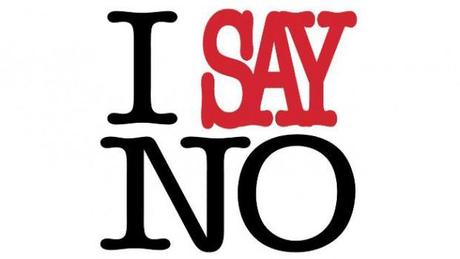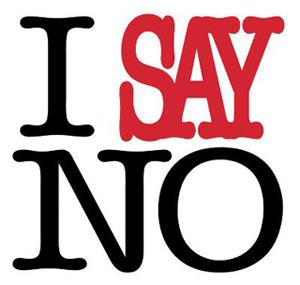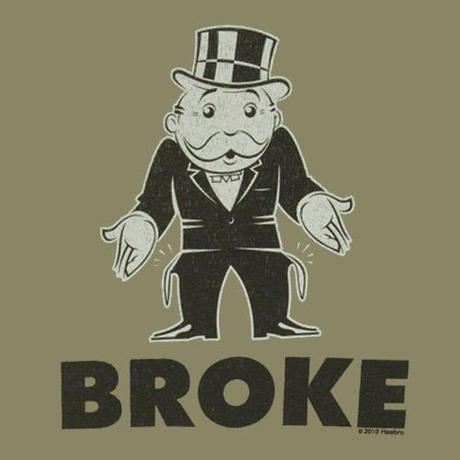
Published on March 1st, 2013 | by Lena Martin
0The Many No’s of Small Business
For a long time now the practice that many businesses employ is never saying no to potential customers. It’s the aim-to-please attitude that has gotten so many deals closed through the years, taking what would have been missed opportunities into smashing sales many can only ever dream of. Of course, it’s never as simple as avoiding the “N” word. The most important thing, after all, is that the customer doesn’t say no, and if you can’t achieve that then your efforts would have been fruitless. Let’s look at the different types of No’s a customer can give you, because when you know how to recognize them you’ll know what to do when faced with them.

Image from: RebelleSociety.com
That is all I need.
This line likely comes from someone who came into your store with a list of things he wants. He knows exactly what he is getting and how many, which means he’s going to expect to be in and out of your shop in no time at all. Don’t be discouraged, though. A customer’s to-buy list isn’t necessarily carved in stone, and with a little salesmanship skills you can convince him to add some more things to it. And it’s not just to bump up your profit either; customers don’t always know everything you can offer, and if you manage to sell them something else that they would really find useful they will leave the store just a bit happier than they were expecting to be.
That is all I can pay for.

Image from: Shirtoid.com
This kind of no is pretty definitive, at least for that particular day that the customer says it. Of course, there is such a thing as credit cards, but you have no business trying to mess with people’s budgets. What you can do, however, is try to work with whatever the customer is willing to spend and try to give the customer different packages, discounts, and deals so that your client can make the most out of their limited budgets. They may be saying no to your more expensive products and services right now, but please them now and they’re more likely to come back the next time. Don’t always think of the here and now. There is always another day looming, and customers won’t always be broke. Of course, it’s not your position to assume whether or not someone can afford your product or not, so don’t sell from your own pockets either.
I don’t want that.
Sometimes, no really means no, and nothing good would come out if you try to offer something else or upsell them. There are always those who will think you’re simply ripping them off, whatever you do, and these people would no sooner listen to a sales pitch than chew off their own foot. In this case, there is usually nothing to do except to simply do what the customer tells you. With any luck, something would catch his fancy and he’ll ask you about it, but otherwise he wouldn’t listen to what you have to say. Sometimes, the best way to make a customer happy is simply to let them shop on their own because hovering over their shoulders might very well just turn them off from buying anything at all.
I want that, but not from you.

Image from: Business2Community.com
Here’s where a little competition comes to play. What if a customer is actually very interested in a certain product but is not interested in buying it from you? There could be any number of reasons for this. Maybe it’s just a little cheaper somewhere else; maybe another store has better perks; or maybe the customer simply likes the employees at the competition better. Whatever the reason, it means that you need to do something to turn the customer’s favour towards you. Customer feedback really matters a lot in this case because if you do not know where you are lacking then you wouldn’t be able to take steps to improve it. It’s never a good thing in business to be behind your competition.
In the end, for every “No” you get, you have to ask yourself “Why not” because even rejections open good opportunities. One final advice is not to anticipate a customer’s refusal, because for all you know, the customer is willing to check out and buy anything you have to offer them. It’s one thing for a customer to say no to you, but another thing for you to say no to them. When customers come with a refusal halfway out of their lips, it is up to you if you’re going to give up or try to turn that “NO” into a “YES”.
